inquiry
Industrial-Strength Power for the Largest Vehicles
Engineered for the biggest applications on land and water, our Group 49 (8D) LiFePO4 battery is a masterpiece of power and durability. It replaces bulky, heavy lead-acid banks with a single, integrated unit that delivers massive cranking power for large engines and deep-cycle energy for the most demanding house loads.
Benefits of Haicen Smart Group49 Batteries:
Dual-Purpose Powerhouse:
Uniquely capable of providing enormous cold-cranking amps (CCA) to start large diesel engines AND deep-cycle capacity to power living quarters for hours.
Replaces Multiple Batteries:
Often replaces two or more Group 31 batteries, simplifying wiring, saving space, and reducing maintenance to a single point.
Commercial-Grade Construction:
Every component, from the reinforced case to the oversized terminals, is built to withstand the vibrations and demands of commercial trucking and rugged marine use.
The Ultimate RV Upgrade:
For large Class A diesel pushers, this battery provides both reliable engine starting and ample power for all residential systems, making it the ultimate all-in-one power solution.
The LiFePO4 batteries VS Lead-acid batteries:
| Haicen LiFePO4 batteries | VS | Old technology -Lead-acid batteries |
| Stable discharge condition | Low temperature condition | Unstable discharge condition |
| 3,500 times | Cycle life | <500 times |
| Around 10 years | Design life | 3 years |
| As little as 3.5 hours | Charging time | Up to 8 hours |
| No memory, opportunity charge | Charge frequency | Must charge after use |
| Multiple built-in protections, high thermal and chemical stability | Safety | Gas inside may cause explosion |
| 85% or more nominal capacity achieved at high working load | Available capacity | Only 30%~50% nominal capacity achieved under high working load |
| Maintenance-free | Maintenance | Regular water-adding and inspection required |
| Pollution-free | Eco-friendly | Lead is a toxic substance, may cause human lead poisoning |
| Extremely low | Energy loss | 15% |
Key Points for Haicen Battery Quality control:
Cell match: More strict cell matching standard, the difference of lnternal resistance is 1mΩ and voltage is 5mV.
Automatic cells welding: Cells are assembled by Automatic welding equipments to ensure the quality reliability and consistency.
100% Cycle test: All battery packs are 100% cycle tested (Fully Discharged→Fully Charged→Fully Discharged→60% Charged) before package and all test reports are stored.
Unique tracking number: All battery packs are lasered an unique number on the case side for quality tracking.
Certifications:
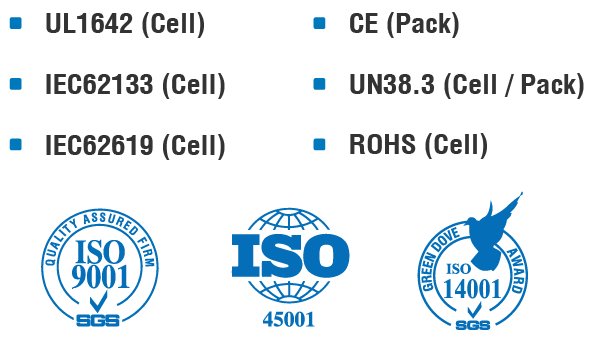
| UL1642(Cell) | IEC62619 (Cell) | UN38.3(Cell/ Pack) |
| IEC62133(Cell) | ROHS(Cell) | CE(Pack) |
Group 49S LiFePO4 Batteries Dimensions:

Internal Structure:
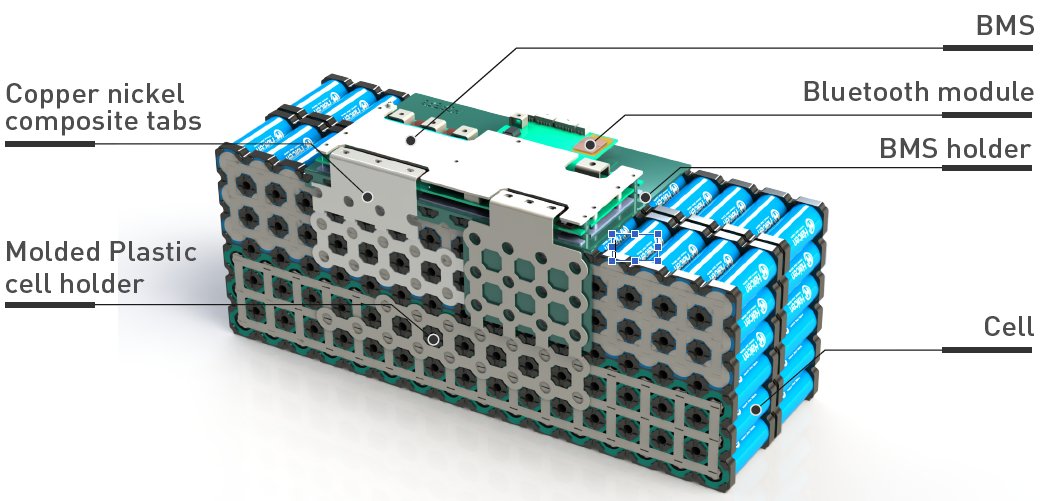
SOC Display (optional):

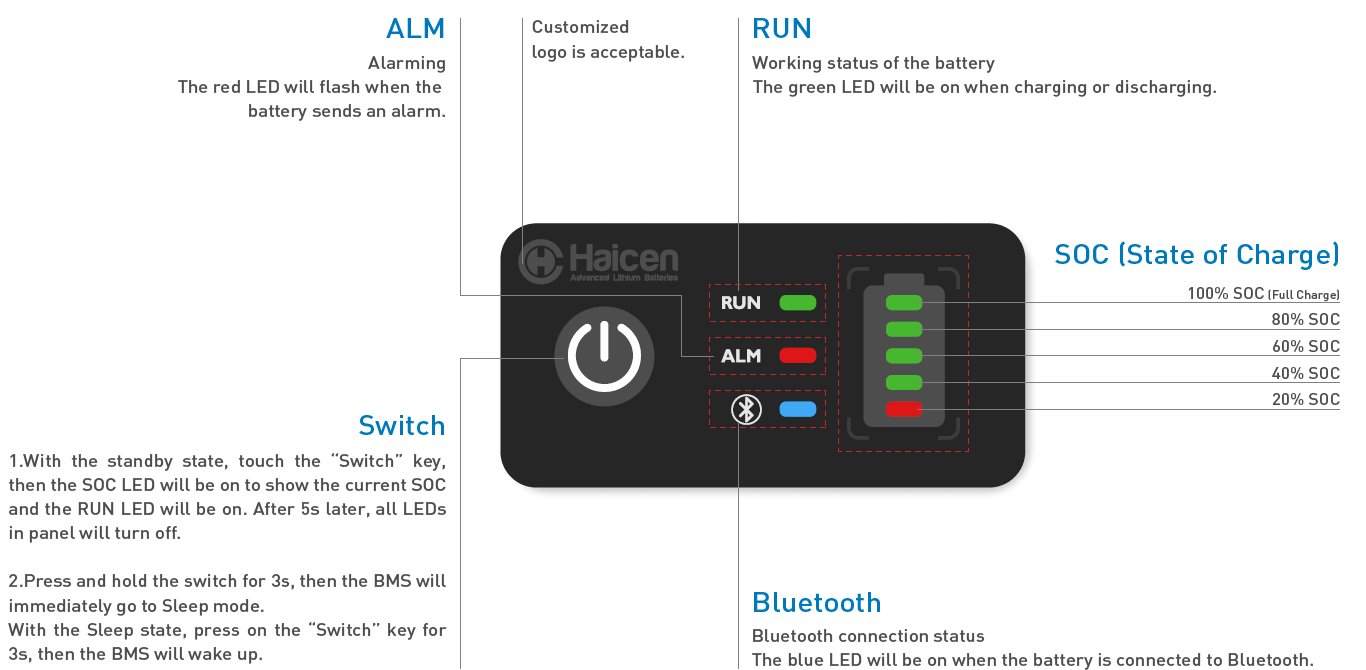
Characteristics Curve:
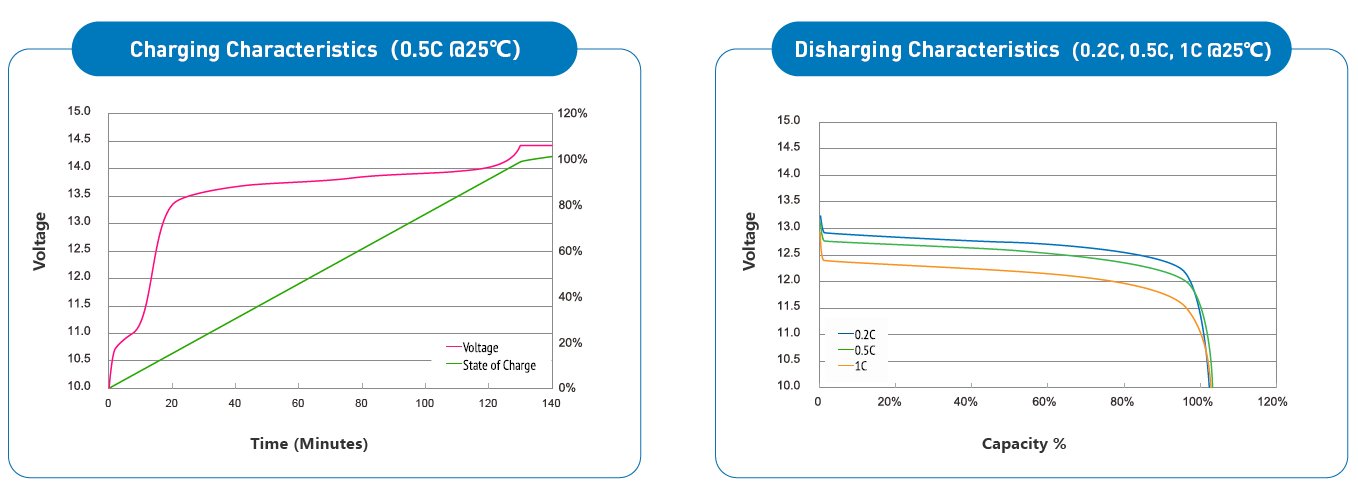
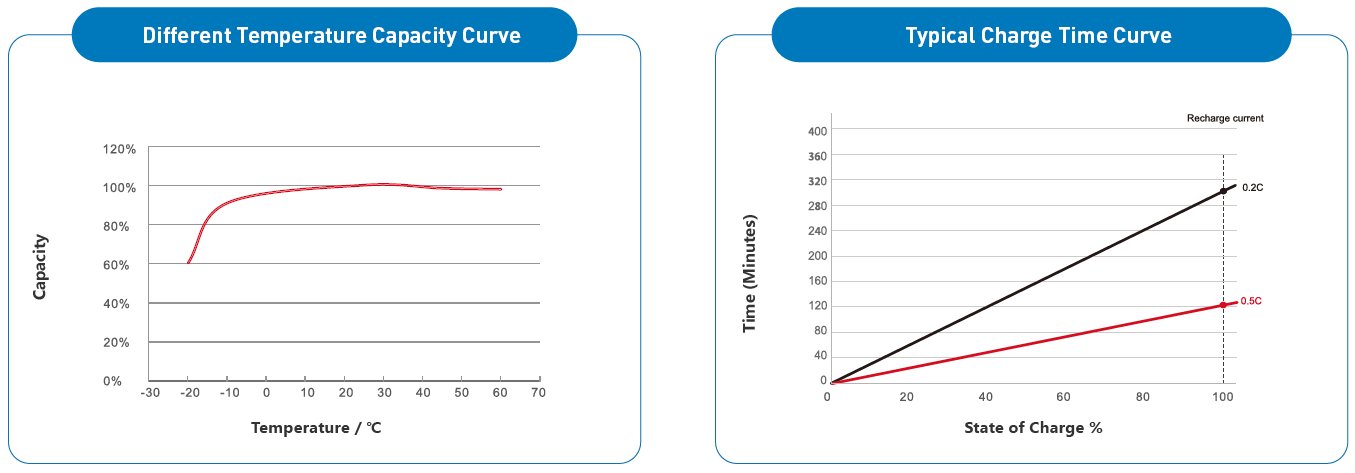
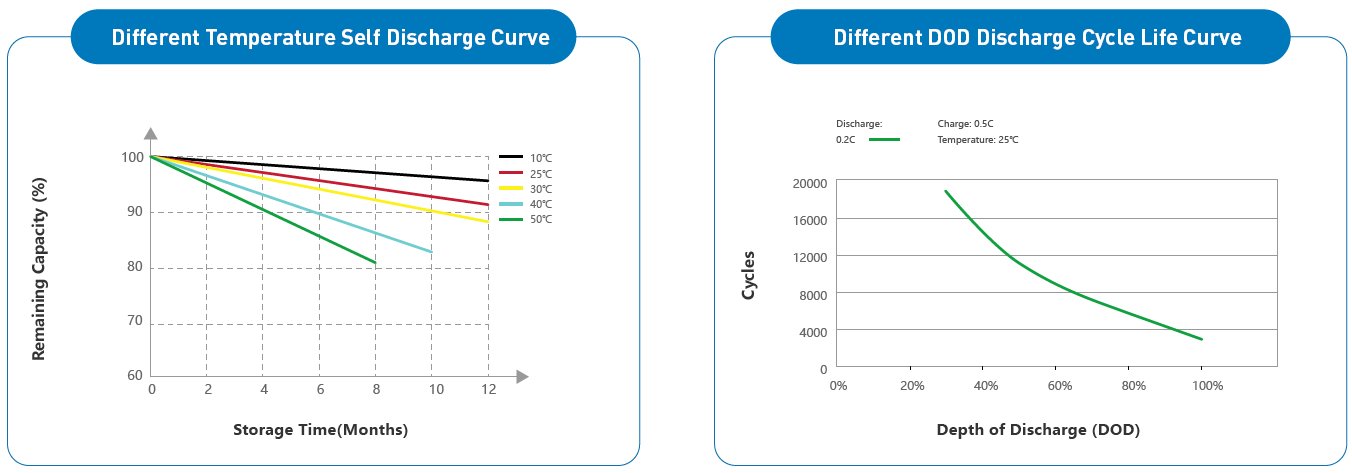
Ideal For: Large Class A diesel motorhomes, commercial trucks and semis, generator starting, and large yachts and workboats that require a combination of high cranking power and deep-cycle energy.
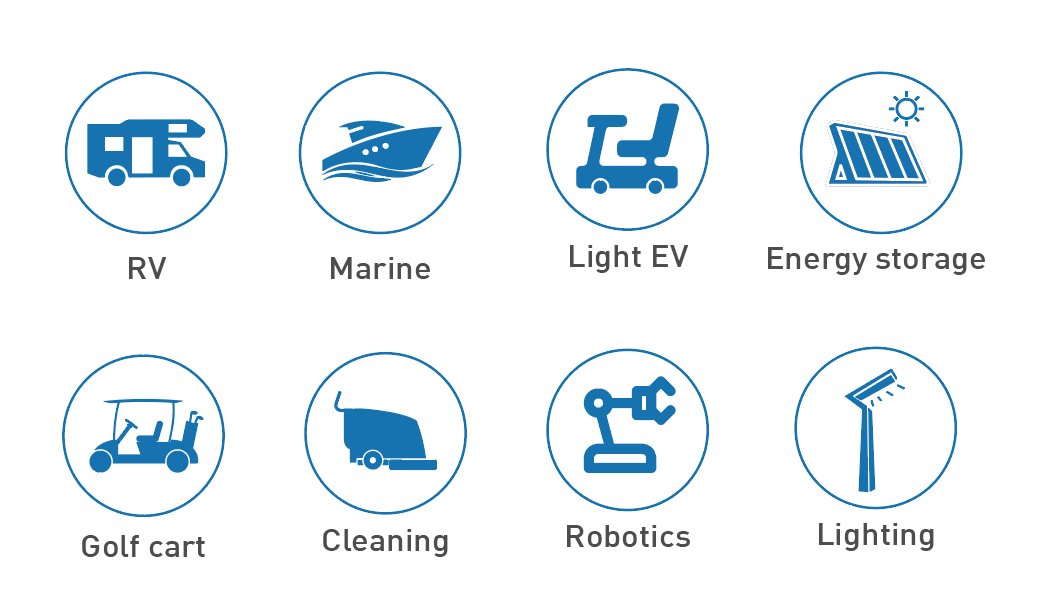
Customized items:
Bluetooth App design: Help you to design and upload customized App, or supply you our Source code for your design.
Case color: Customized case color is acceptable based on quantity more than 300pcs per batch.
Label design: We can help you to design customized label on the battery.
Carton design: Customized carton is acceptable based on quantity more than 200pcs per batch.
Certificates: 50% discount on certificates cost for first bulk order and 100% reback for future orders.
NDA agreement: NDA agreement is allowed and necessary to protect your benefits.
Ready to Upgrade Your Power?
[➔ Download the Full Specification Sheet (PDF)]
[⮟ Contact Our Experts for a Quote]
| TECH & SPECS | Model | ||||
| HCG49S-12200BT | HCG49S-12200BH | HCG49S-12260BT | HCG49S-12260BH | ||
| Electrical Specifications | Nominal Voltage | 12.8V | 12.8V | 12.8V | 12.8V |
| Nominal Capacity | 200Ah | 200Ah | 260Ah | 260Ah | |
| Parallel Connection | Max.6units | Max.6units | Max.6units | Max.6units | |
| Serial Connection | Max. 4units | Max. 4units | Max.4units | Max. 4units | |
| BMS | 4S150A | 4S150A | 4S200A | 4S200A | |
| Bluetooth | Android/IOS | Android/IOS | Android/IOS | Android/IOS | |
| Heat | No | Yes | No | Yes | |
| Circuit Protection | Over charge, Over discharge, Over current, Over temp, Short, Balance, Low temp | ||||
| Cycle Life | 3000times Cycles @100%DOD and 6000times @80% DOD | ||||
| Self Discharge | Less than 3% per month | ||||
| Charge Efficiency | 100%@0.2C | ||||
| Discharge Efficiency | 98-100%@1C | ||||
| Charge Specifications | Charge Voltage | 14.4±0.2V | 14.4±0.2V | 14.4±0.2V | 14.4±0.2V |
| Standard Current | 40A | 40A | 52A | 52A | |
| Fast Current | 100A | 100A | 130A | 130A | |
| Discharge Specifications | Standard Current | 40A | 40A | 52A | 52A |
| Max. Con. Current | 150A | 150A | 200A | 200A | |
| Peak Current | 800A(300ms) | 800A(300ms) | 800A(300ms) | 800A(300ms) | |
| Cut-off Voltage | 10V | 10V | 10V | 10V | |
| Mechanical Specifications | Dimensions (mm) | 490x171x240mm | |||
| Approx Weight(KG] | 20 | 21 | 23 | 24 | |
| Terminal Type | M8 | ||||
| Case Color/material | Black Plastic case(ABS) | ||||
| IP Rating | IP65 | ||||
| Cell Type | Cylinder LiFePO4 cell | ||||
| Cell holder | Yes | ||||
| Temperature Specifications | Charge Temp | 0℃ to 55℃ (32℉ to 131℉) | -20℃ to 55℃ (-4℉ to 131℉) | 0℃ to 55℃ (32℉ to 131℉) | -20℃ to 55℃ (-4℉ to 131℉) |
| Discharge Temp | -20℃ to 60℃ (-4℉ to 140℉) | ||||
| Storage Temp | -5℃ to 45℃ (23℉ to 113℉) | ||||
A deep cycle battery is designed to provide sustained power over extended periods and can be discharged up to 80% of its capacity repeatedly without damage. Unlike automotive starter batteries (which deliver short, high-current bursts for engine ignition), deep cycle batteries prioritize deep discharges and recharges. They feature thicker plates and denser active material to withstand cycling stress, making them ideal for renewable energy, marine, RV, and industrial applications.
Recharge immediately after use to avoid prolonged states of partial or full discharge. Do not regularly discharge below 50% Depth of Discharge (DoD) for lead-acid types or 80% for LiFePO4 batteries. For optimal longevity, recharge when the battery reaches 50% capacity (lead-acid) or 20% (LiFePO4). Avoid storing the battery in a discharged state, as sulfation (lead-acid) or cell degradation (lithium) can occur.
Yes, especially lithium-based types like LiFePO4. They offer high efficiency, greater depth of discharge, longer cycle life, and require less maintenance, making them ideal for solar applications.